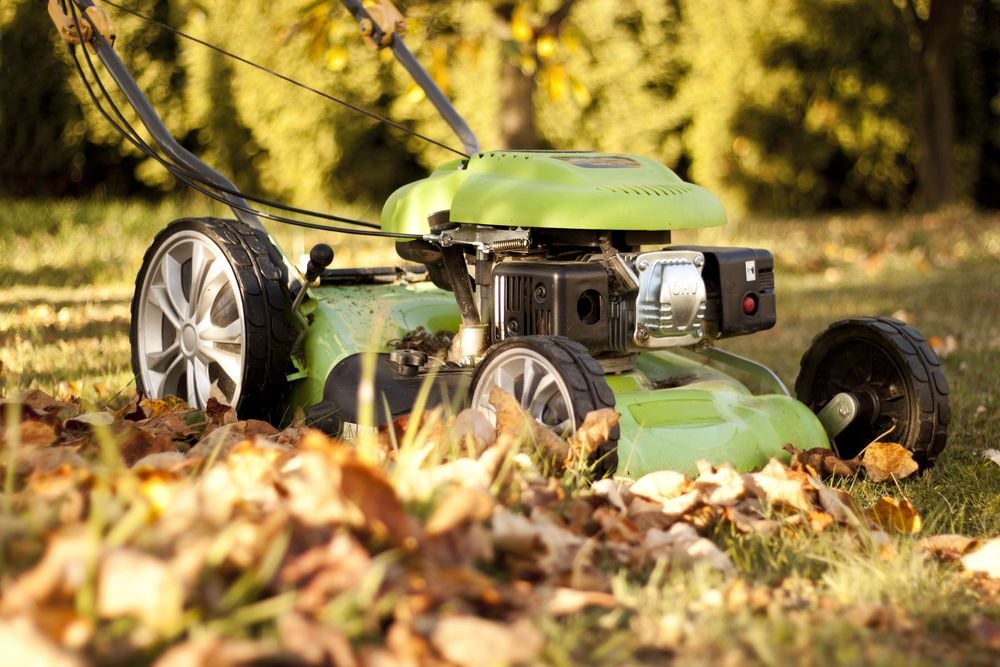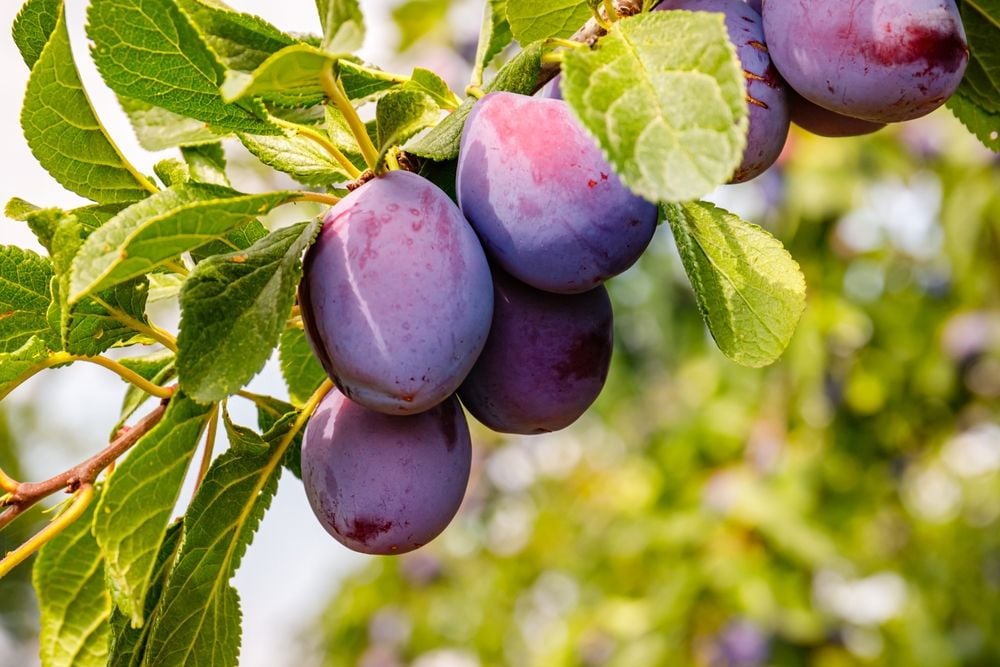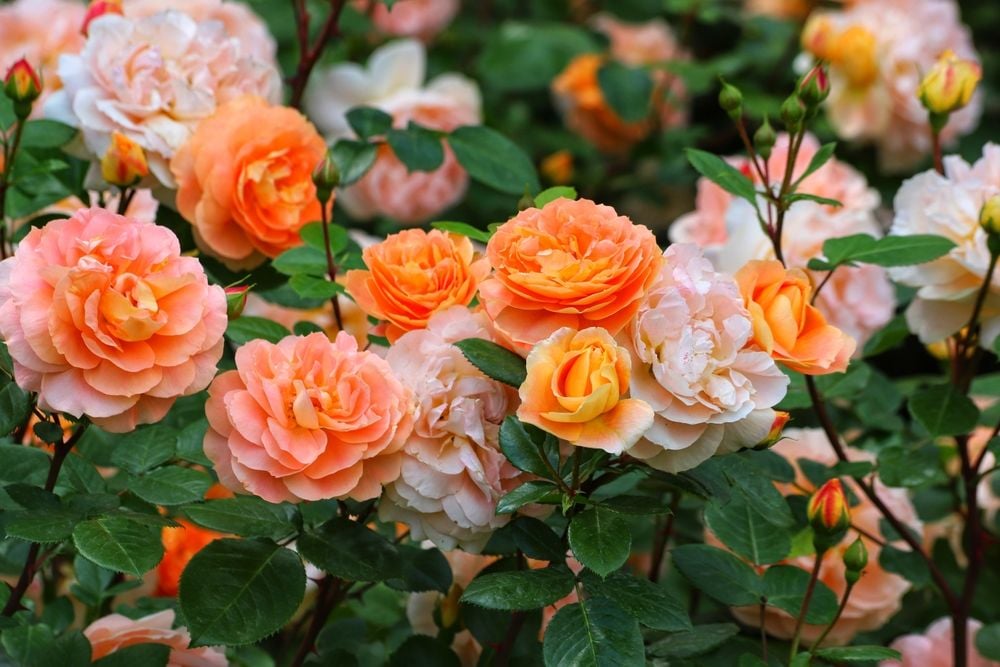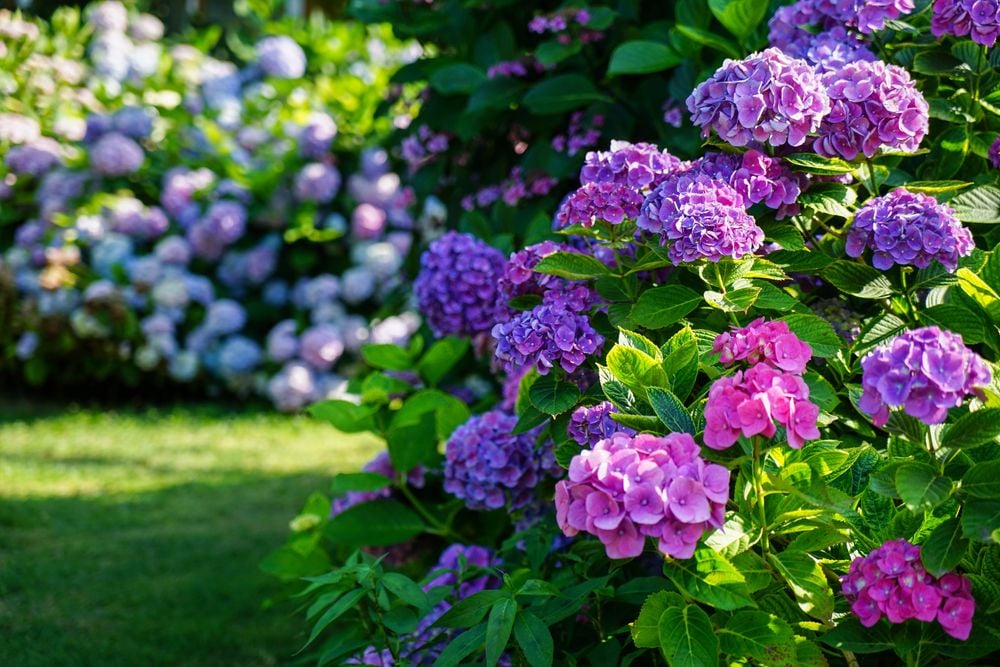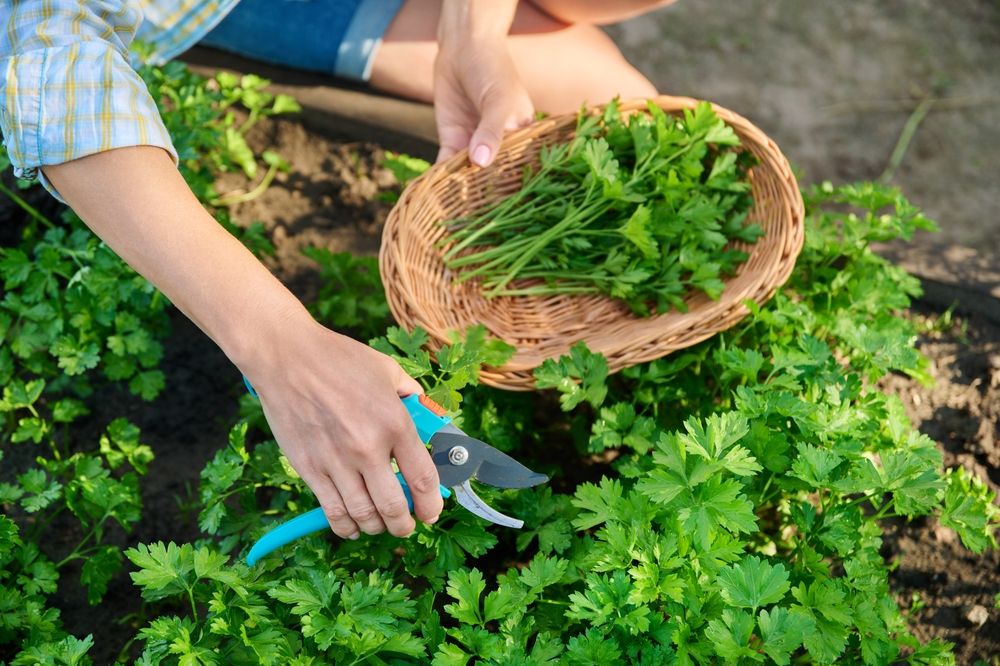
Fresh Companions: Parsley's Power in Boosting Garden Health
- Jun 5, 2025
Parsley, often regarded as just a garnish, is more than meets the eye. This strong herb not only flourishes in cooler weather but also offers benefits to neighboring plants such as aiding pest resistance, attracting beneficial insects, enriching the soil, and obstructing weed growth. Various gardening specialists offer insights into the most compatible plants to cultivate alongside parsley.
Tomatoes make an exceptional garden companion for parsley. Certified master gardener, Mary Jane Duford, notes the similar needs of tomato and parsley plants- they can thrive in a shared environment without unnecessary competition. Parsley's leafy, low-growing nature shades the soil at the base of tomato plants, thus conserving moisture and suppressing weed growth. You can also conveniently plant parsley at the base of a tomato cage. Additionally, flowering parsley attracts beneficial insects, such as parasitic wasps, controlling tomato hornworms.
Peppers, similar to tomatoes, benefit from parsley's prowess in maintaining soil moisture and pest prevention. Duford highlights that parsley's growth pattern helps shade soil beneath pepper plants, which keeps moisture intact and wards off weeds. Furthermore, flowering parsley draws insects such as lacewings, whose larvae feast on damaging aphids and thrips.
Asparagus, too, finds a great ally in parsley, as parsley can deter asparagus beetles and efficiently utilize the space between asparagus rows. Both herbs foster each other's growth, making them good companions during the farming season.
Chives thrive well when sown alongside parsley, thanks to their shared preference for sunny, rich, and moisture-rich soil. As Duford observes, parsley's bushy character and chives' upright growth means they do not compete for space. Plus, parsley aids in keeping the soil cool and damp for chives.

Both basil and parsley exhibit similar needs and minimal competition. Master gardener Duford asserts that basil and parsley are both leafy, similarly sized herbs that enjoy ample sun and steady moisture. Co-planting these herbs simplifies the harvesting process.
Claire Orner, owner of Quiet Creek Herb Farm, advocates for planting parsley alongside cilantro for a regenerative garden setup. Both herbs have similar growth patterns and attract butterflies, thereby contributing to an ecological balance.
Just as cilantro, anise is a good match for parsley given their shared growth habits and eco-friendly functions. Orner asserts that these plants are crucial for attracting butterflies, therefore cultivating parsley with anise will foster a natural cycle of pollinators and predators.
Fast-growing lettuce can also coexist with parsley, which grows at a slower pace. According to Duford, the quick harvesting period of lettuce gives it a compatibly symbiotic relationship with parsley. This pairing is valuable for those looking to make the most out of their garden space early in the season.
Parsley's ability to attract predator insects that control pests makes it suitable for natural fruit tree protection. Planting parsley around the base of apple trees offers a line of defense against codling moths, common apple pests.



